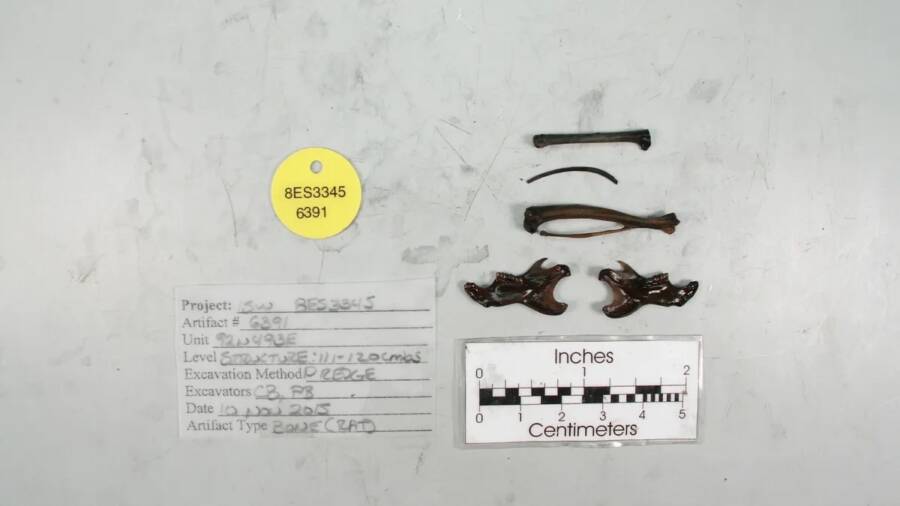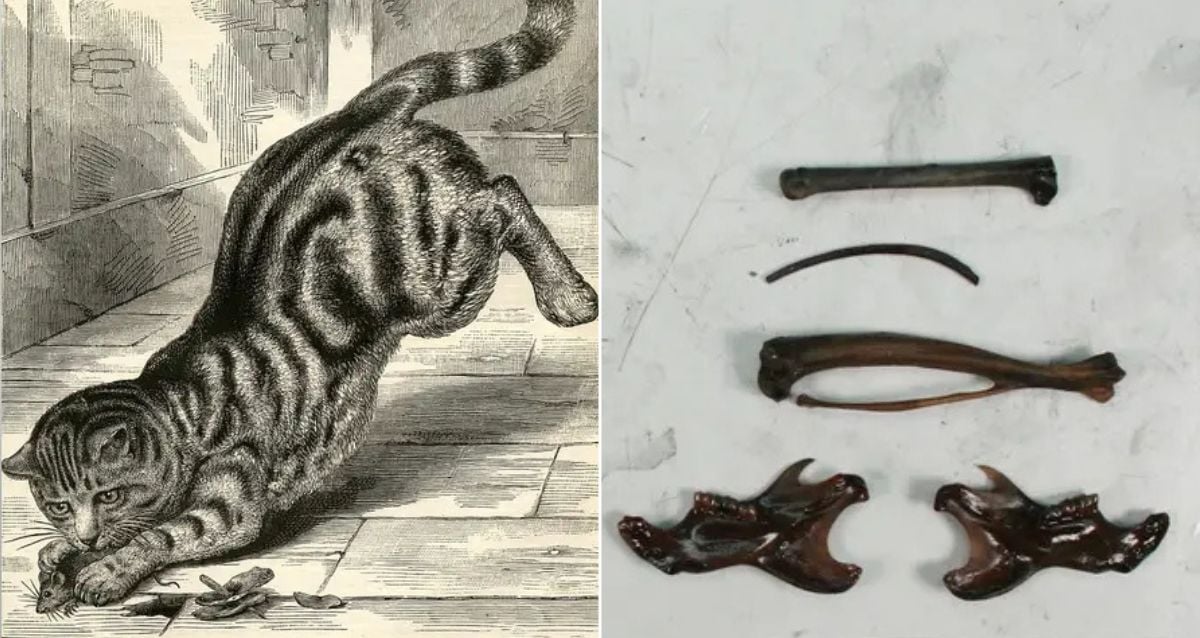Secrets Beneath the Waves: How a 1559 Shipwreck Revealed North America’s First Domestic Cats
Researchers have now analyzed those feline remains — and they believe the cats on the Emanuel Point II may have been the very first to arrive in what’s now the U.S.
The Domestic Cat Remains Found In A Spanish Shipwreck
The research team conducted a number of tests to gain an understanding of what the cats that perished aboard the Emanuel Point II ate, how big they grew, and what role they served on the Spanish vessel.
The remains belonged to one adult cat and one juvenile cat. Analysis confirmed that they were indeed domestic cats (Felis catus), and genetic testing showed that they had European heritage. Thus, they must have traveled over the Atlantic on a Spanish ship — or were descended from cats who had previously done so. The creatures may have boarded the vessel unbeknownst to the crew, or they may have been brought on purposely for pest control.

John BrattenCat and rat bones found among the wreckage of the Emanuel Point II.
Researchers also determined what the adult cat’s diet had consisted of — and were surprised to learn that it wasn’t mostly rats. Instead, it had eaten mainly fish and possibly even domestic meat, a diet similar to that of the Spanish sailors.
The crew members may have shared their food with the cats out of necessity if there weren’t enough rats and mice onboard to sustain the felines. Or, they could have given the creatures scraps out of affection.
Today, one in every three U.S. households has a pet cat — but feline ownership in North America seemingly all began with the two cats who died on the Emanuel Point II.











